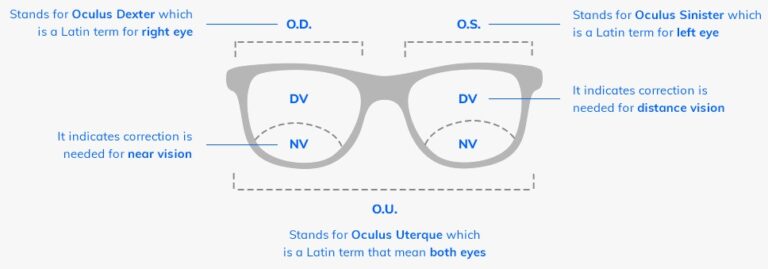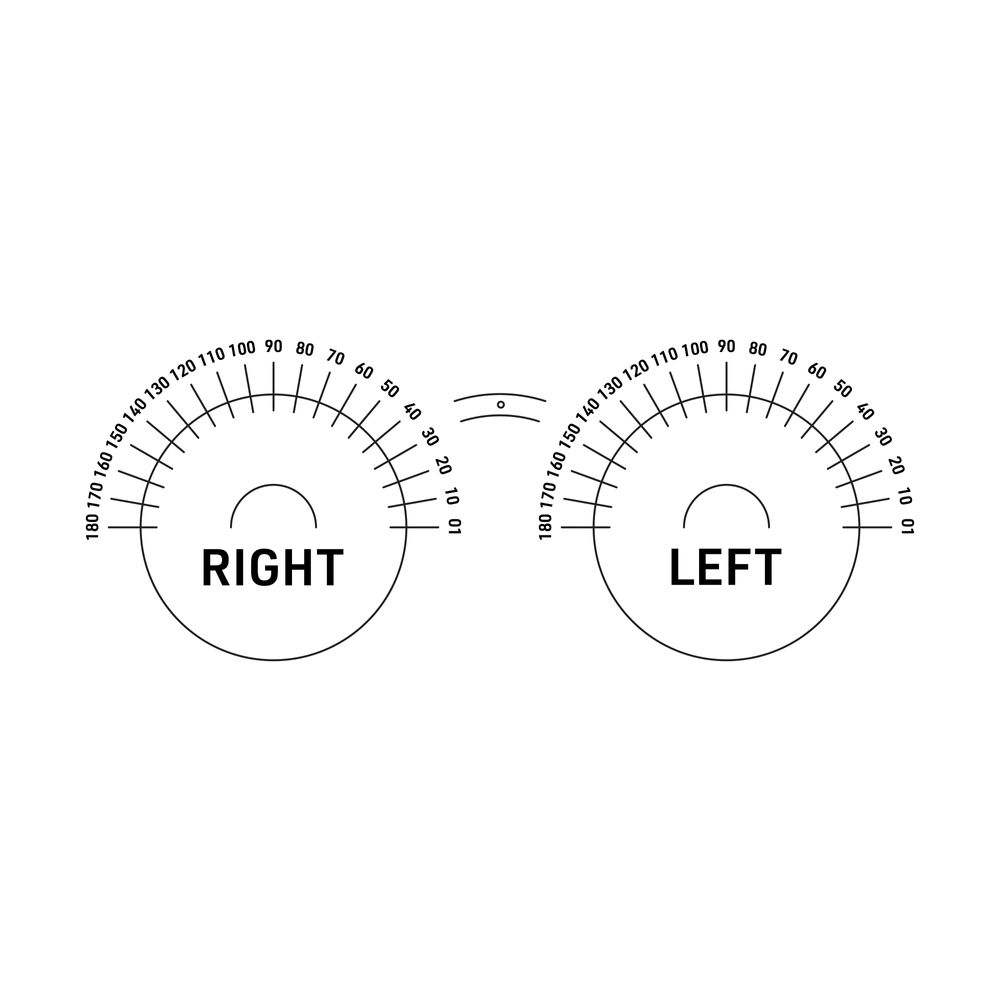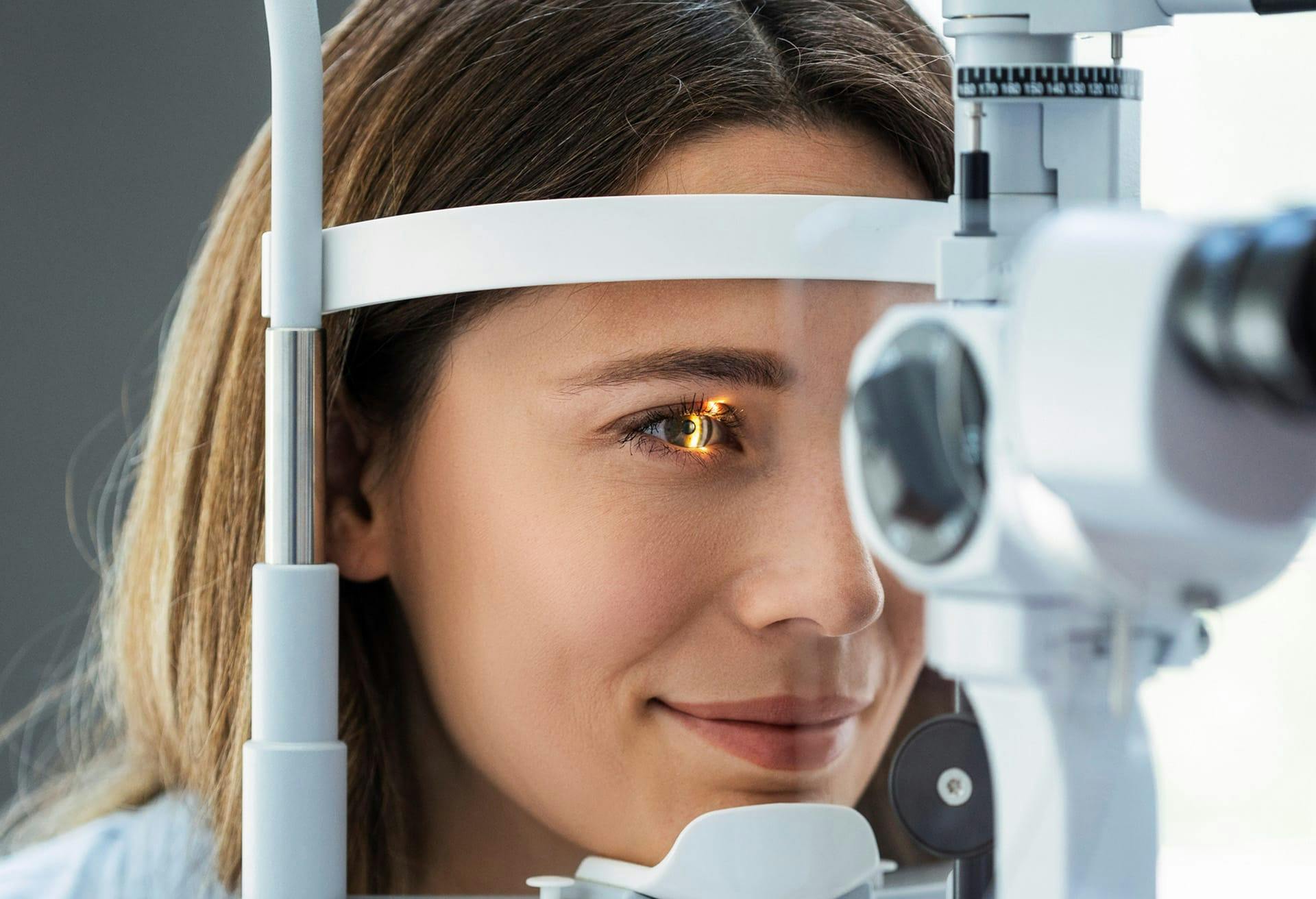Regular eye exams are essential for maintaining healthy eyes and clear vision. During an exam, your eye doctor will assess your eye health and, if necessary, provide a prescription for eyeglasses or contact lenses . However, these prescriptions often contain abbreviations and numbers that may seem confusing. This article will help you understand these terms and explain how prescriptions vary depending on your vision issues.

Common Abbreviations in an Eyeglass Prescription
Your eyeglass or contact lens prescription may include the following abbreviations, usually followed by numbers:
- S (Sphere): Indicates the power needed to correct nearsightedness or farsightedness . A minus (-) sign denotes nearsightedness, while a plus (+) sign denotes farsightedness.
- C (Cylinder): Represents the degree of astigmatism .
- A or AX (Axis): Specifies the direction of astigmatism, measured between 0 and 180 degrees.
- PD ( Pupillary Distance ): Measures the distance between the centers of your pupils, usually in millimeters.
What the Numbers in Your Prescription Mean
The numbers following these abbreviations represent specific vision correction parameters:
- Sphere (S): The sign before the number indicates whether you are nearsighted (-) or farsighted (+). For example, -2.00 means 200 degrees of nearsightedness, while +1.50 means 150 degrees of farsightedness.
- Cylinder (C): Represents the degree of astigmatism . For instance, -1.00 indicates 100 degrees of astigmatism.
- Axis (A or AX): Specifies the angle of astigmatism , e.g., an axis of 90° means the astigmatism is aligned at 90 degrees.
- Pupillary Distance (PD): A measurement in millimeters, e.g., PD 63mm means the distance between your pupils is 63 millimeters.

How to Read Your Eyeglass Prescription
Here is an example of an eyeglass prescription and how to interpret it:
- Right Eye (R): S -2.75, C -1.00, A 174, PD 63
- Nearsightedness (-2.75), astigmatism (-1.00), axis at 174 degrees, pupillary distance of 63mm.
- Left Eye (L): S -2.50, C -0.75, A 180, PD 63
- Nearsightedness (-2.50), astigmatism (-0.75), axis at 180 degrees, pupillary distance of 63mm.
The Importance of Regular Eye Exams
Regular eye exams are crucial for detecting and correcting vision problems in time. It is recommended to have an eye exam at least once a year to ensure healthy eyes and clear vision.
By understanding the abbreviations and numbers in your eyeglass prescription , you can better manage your vision and corrective needs. If you have any doubts about your prescription, consult a professional eye doctor or optometrist.













